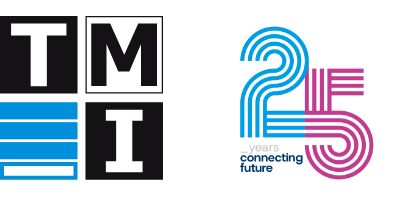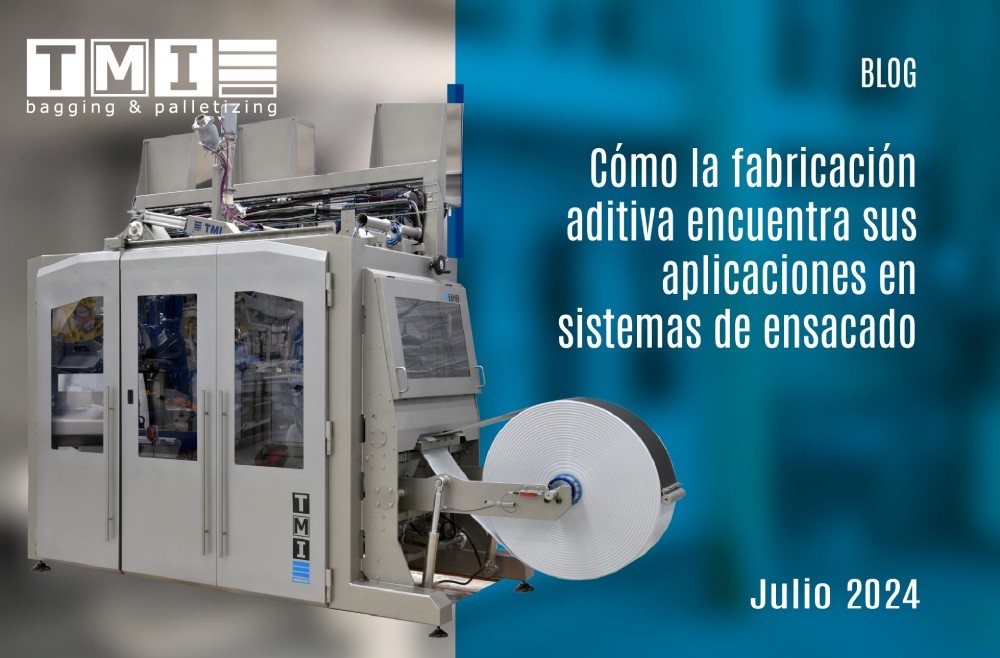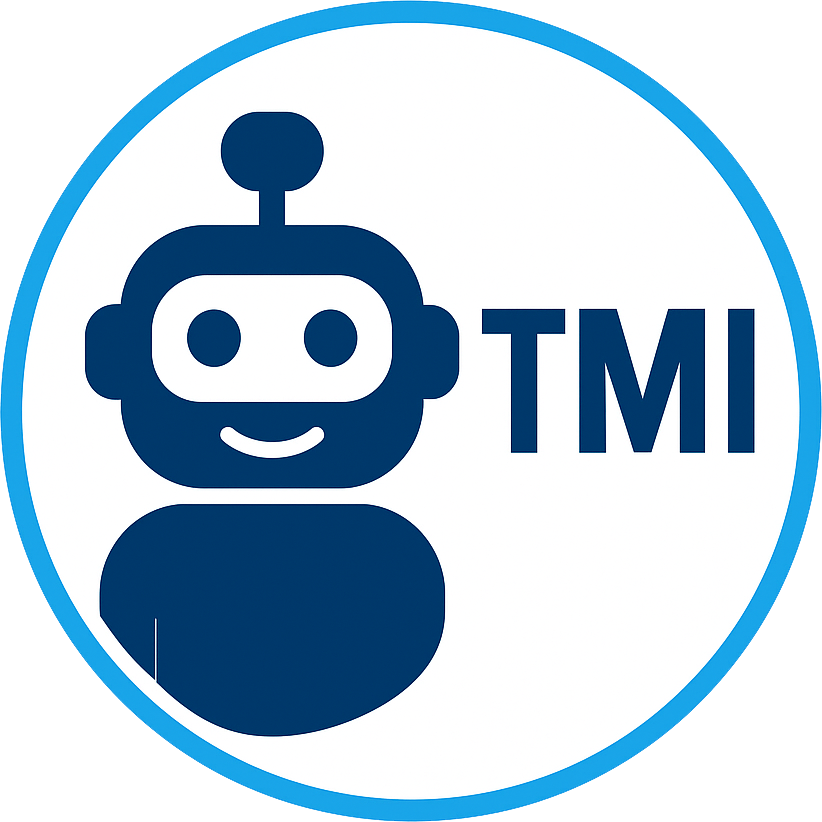Are we talking about rockets or bagging machines?
TMI aims to provide bagging and palletizing solutions tailored to the customer’s needs for a wide variety of sectors and products with diverse behaviors. This sometimes involves managing around 1000 references or more for each machine that makes up the packaging line. For TMI, a company characterized by its openness to innovation and process improvement, optimal management of design and manufacturing of parts is of vital importance.
Applications and Benefits of Additive Manufacturing (AM) in the Design of Industrial Packaging Equipment
Due to its personalized nature, many parts of a bagging machine, a palletizer, or a pallet wrapper are not mass-produced but are unique references. How can we simplify the manufacturing processes and consequently reduce delivery times, energy consumption, and compressed air usage, among others? The answer lies in the incorporation of technologies such as AM.
- Optimal Manufacturing ProcessesAdditive manufacturing, known as 3D printing, is a constantly evolving technology that allows for the production of customized elements without involving complex manufacturing processes. This minimizes intermediate processes such as machining, laser treatments, material treatments, etc., optimizes the morphology of the parts, and at the same time minimizes the production of tooling, waste, costs, and manufacturing time.
- Sustainable SolutionsThese new materials and treatments reduce weights by up to 60%, making the mechanisms lighter and consequently reducing energy consumption and friction between parts, thereby extending the components’ lifespan.
- Innovative Materials and ShapesIn the food industry, hygienic design is crucial for the manufacturing of packaging machines. The basic criteria for a hygienic design include cleanliness, accessibility, surface design to prevent product accumulation or facilitate drainage, and the use of corrosion-resistant, non-toxic materials that prevent cross-contamination. The 3D manufacturing of parts has enabled us to create designs with morphologies that perfectly meet these requirements and to choose materials that comply with FDA and/or regulation 10/2011/EU, making them suitable for contact with food products.
Additive Manufacturing is No Longer Science Fiction
It is well known that the application of AM for metal parts is already a reality in sectors such as aerospace and medical. In the industrial machinery manufacturing sector, more accessible solutions are being presented. Although costs remain high and parts require some post-processing, it is expected that in the short term, their use will become as normalized as plastic parts, as these challenges are overcome. This technology has arrived to improve productivity in manufacturing processes and positively impact technological solutions in the Flexible Packaging sector and machinery manufacturing in general.
With the help of 3D printing, we have designed solutions that have allowed us to adapt to the particularities of the customer’s project. Want to know an example? Contact us and we will explain.
Contacta con nosotros y te lo explicamos.


